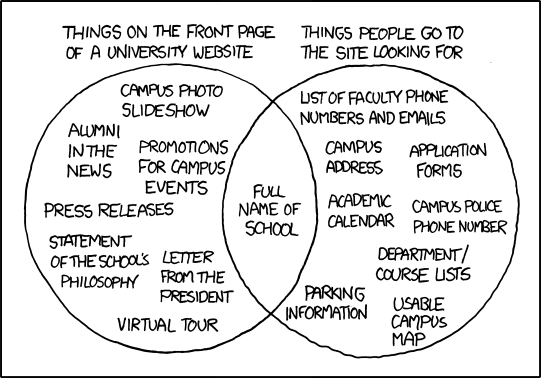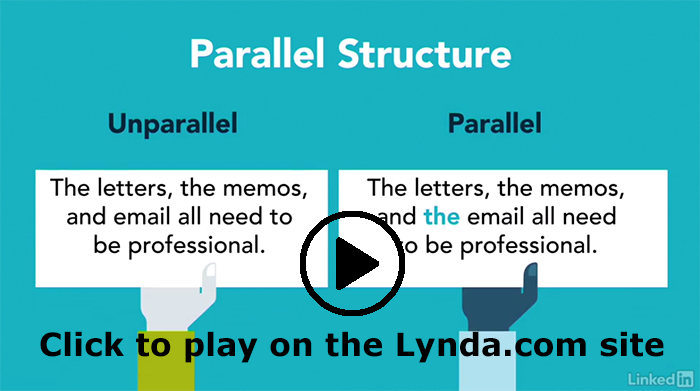Students have told me in their SPOT comments that the grading system I use can be confusing, so I want to dedicate some time to explaining more about it with these FAQs.
Why do you use a labor-based system?
 I believe that a system that allows you to keep working until you get the results that fit the workplace is more humane than a system that punishes you if you aren’t perfect on the first try.
I believe that a system that allows you to keep working until you get the results that fit the workplace is more humane than a system that punishes you if you aren’t perfect on the first try.
I know there are lots of situations in the workplace that require perfection. If you submit a bid to a client that has errors, for instance, you may not get a second chance—but that’s in the workplace. You are still in the classroom.
The labor-based system allows you the chance to learn and improve. You can make mistakes and try again. You can take risks, and if they don’t turn out, your grade will still be okay.
How does this system relate to the workplace?
 I have worked in quite a few places, and in none of them did I ever receive a letter grade for the work that I did. Never ever. It just doesn’t work that way.
I have worked in quite a few places, and in none of them did I ever receive a letter grade for the work that I did. Never ever. It just doesn’t work that way.
Sure my writing was read by others I worked with. Sometimes it was good enough to go out to the intended reader right away. Other times it had to be revised first. Grades just weren’t part of the system.
In the workplace, you are assessed on how hard you work and what you accomplish. Managers expect you to show up, put in your best effort, and accomplish the goals your company sets. If you do nothing or the bare minimum, you will be reprimanded or fired.
Grades in this course are based on a similar system. You earn your grade based on your labor—on the time and intensity that you put into your writing and collaboration. You are not punished for making mistakes as long as you work to improve throughout the term.
What’s the research behind this system?
 I adapted this strategy from Asao Inoue’s work on contract grading, labor-based grading, and anti-racist assessment strategies.
I adapted this strategy from Asao Inoue’s work on contract grading, labor-based grading, and anti-racist assessment strategies.
You can find additional publications on anti-racist assessment and on grading students’ labor on Inoue’s Academia.edu page.
Why is this system better for students?
 The most important benefits of this system are explained in the When Your Grades Are Based on Labor infographic. To summarize those benefits, a labor-based grading system allows you to
The most important benefits of this system are explained in the When Your Grades Are Based on Labor infographic. To summarize those benefits, a labor-based grading system allows you to
- Focus on Ideas (Not Mistakes).
- Write for Yourself (Not for Me).
- Take Risks (Don’t Play It Safe).
- Have Do-Overs (No Penalty).
This labor-based system allows you to continue working on your projects until your work reaches the level that would be acceptable in the workplace. Your grade is not effected by what you haven’t learned yet, and you are free to try out ideas as you like.
Why is there no partial credit?
 Work in this class is either ready to use in the workplace (and graded Complete) or it’s not ready (and graded Incomplete).
Work in this class is either ready to use in the workplace (and graded Complete) or it’s not ready (and graded Incomplete).
Think of it as a binary system. There can only be 1 or 0, Complete or Incomplete. There isn’t any middle ground, so there isn’t partial credit.
The thing to remember is that when a project is returned as Incomplete, you can always revise it until you do have a piece that is ready to use in the workplace. There is no punishment in the system if your work isn’t quite ready, but there’s no credit either.
How are labor logs part of this system?
 You document the time you spend on activities and the level of intensity you put into your work in your labor log. You can think of tracking your work in your log as a parallel to tracking billing codes for what you do in the workplace.
You document the time you spend on activities and the level of intensity you put into your work in your labor log. You can think of tracking your work in your log as a parallel to tracking billing codes for what you do in the workplace.
I have no way of knowing what you are working on or even how much you are working in an online class. In a face-to-face classroom, I would see you working in the classroom. I could tell if you were working intensely, working at an average pace, or not working at all. Since I cannot see your work myself, I need you to tell me what you’re doing.
Additionally, you will use your labor log to gather details about your work when you write your final exam. Keeping track of what you do in your log is easier than trying to remember the details of what you did at the end of the term.
Why is there so much emphasis on peer feedback in this system?
 In the workplace, you will find yourself reading and commenting on the projects of your coworkers frequently. The peer feedback activities in our class give you the chance to learn more about that process. Writing in the workplace is as much about what you write as it is about how you help others with their writing.
In the workplace, you will find yourself reading and commenting on the projects of your coworkers frequently. The peer feedback activities in our class give you the chance to learn more about that process. Writing in the workplace is as much about what you write as it is about how you help others with their writing.
Just as importantly, peer feedback helps you improve your own writing in two ways. First, and maybe most obvious, you get advice on your draft that you can use to revise your document. Second, by reading drafts written by your classmates you can see strategies that will help you improve your own work as well as notice errors that you can later check your own work for.
Naturally, you cannot copy other people’s work; however, you can see useful ideas that you can make your own. For instance, you might read a draft that does a great job with headings. When you return to your own draft, those headings will stick with you, and you can use their example as you revise your own draft.
Image credits: Icons are all from The Noun Project, used under a CC-BY 3.0 license: Worker by Wilson Joseph, Workplace by Darri, Research by Tanuj Abraham, growth by Souvik Bhattacharjee, code by Creative Stall, journal by Vectors Market, and peer review by Cody Foss.



 I have graded all of the 1/26 Labor Logs. Good news: Everyone who turned in a log earned a Complete!
I have graded all of the 1/26 Labor Logs. Good news: Everyone who turned in a log earned a Complete! The columns of information in your Analysis project should use parallel grammatical structures. I’m sure that you all know what the word parallel means. You probably encountered it in a geometry course a long time ago. Remember the parallelogram?
The columns of information in your Analysis project should use parallel grammatical structures. I’m sure that you all know what the word parallel means. You probably encountered it in a geometry course a long time ago. Remember the parallelogram?
